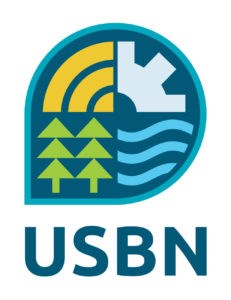What is a Biosphere Region?In 1971, the United Nations Educational, Scientific and Cultural Organization (UNESCO) launched the Man and the Biosphere Program (MAB) to promote the harmonious coexistence of people and nature in a time where civilization and nature appeared to be at odds. Designation as a UNESCO Biosphere Region is voluntary and doesn’t restrict the freedoms or actions of local communities, but instead attracts increased visitor attention – boosting local economies and creating new opportunities for environmental education and sustainable development. Individual Biosphere Reserves remain under the sovereign jurisdiction of the countries in which they are situated. 
The US Biosphere Network (USBN)28 internationally recognized places across the continental United States, the US Caribbean, Alaska, and Hawai’i called biosphere regions. Organization of Biosphere RegionsBiosphere Regions are connected via global, regional and national networks designed to connect people around the world with a shared vision and unity of purpose. These networks facilitate the sharing of best practices, knowledge, and experiences and synthesize a region’s collective talents to surpass the capacities of each individual entity. Networks can include federal, state, and local agencies, tribes, businesses, industry, agriculture, economic development entities, NGOs, universities, K-12, youth and civic organizations. The World-Wide Network of Biosphere Reserves and U.S. Biosphere Network serve as the perfect foundation to meet global challenges and create sustainable and long-term impacts through collaboration and broad partnership. |
Last updated: June 8, 2022
